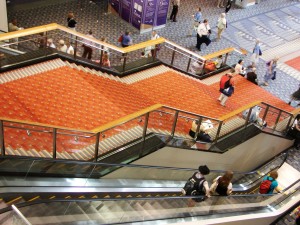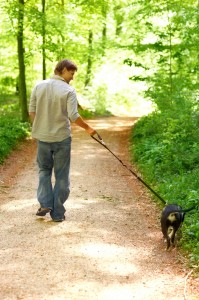Image what it would be like if we asked you to run a marathon today? What if we asked you to do it at the age of 100?
Having the physical and mental strength to run 26.2 miles may be difficult to picture, especially 40 years from now. If you are new to running, you may find it to be grueling. Perhaps you don’t yet have the capacity to run or you have joint pain or weight problems that further complicate things.
Just remember that you’re never too old…
In October of 2011, Fauja Singh became the oldest man to complete a full marathon in Toronto, Canada with a time of 8 hours and 25 minutes.
Singh grew up in a small farming village called Beas Pind in Northwestern India. Fauja spent most of his life as a farmer. His passion for running came much, much later in his life. After the losses of both his wife and his eldest son, Fauja found himself withdrawing from his community. Fauja’s other children encouraged him to move to a new environment to remove himself from the memories of his past.
Upon moving to London, he met a group of Punjabi expats at Sikh community gatherings and he began to run with them. From that point forward, he spent everyday training and preparing for what would be the first of many marathons to come. At the age of 89, he ran his first marathon in 6 hours and 54 minutes. Then in 2001, he entered the London marathon with a major record at stake. In order to be the fastest marathoner over the age of 90 he had to beat a time of 7:52, which he did by 57 minutes.
Fauja’s marathoning career has recently come to an end with his last race being a 10k in Hong Kong at the age of 101 (5 weeks shy of his 102nd birthday). During his career he set many records, including:
- fastest to run a marathon (male, over age 90)
- fastest to run 5,000 meters (male, over age 100)
- fastest to run 3,000 meters (male, over age 100)
We do not expect you to begin training for a marathon. However, you should know that it is never too late to start. We hope you find this story inspiring. Sometimes we need a little fuel for our motivation. You may find your body changing with increased age, but remaining physically active can help you live longer, happier, and healthier.


